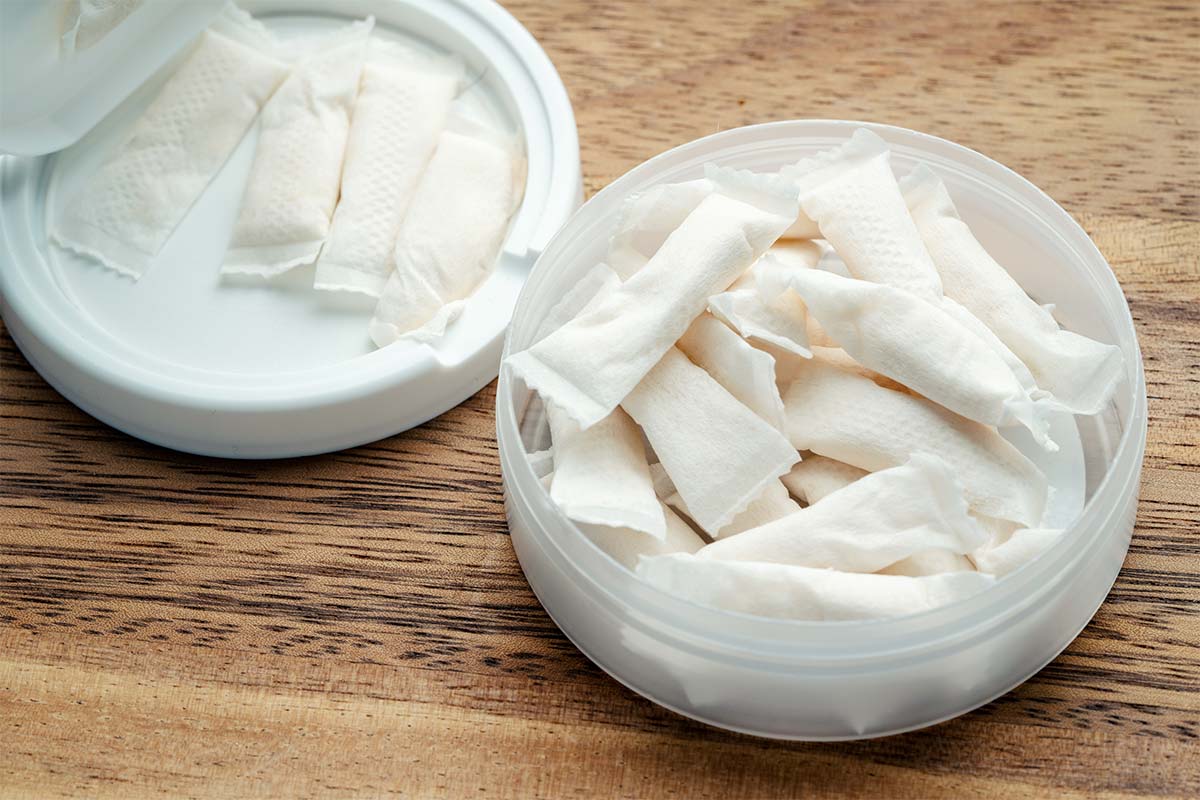How to Dispose of Nicotine Pouches
So you’ve been enjoying your nicotine pouches and now you’re probably wondering, “what do I do with them when I’m done?” It’s a super important question, and we’re here to make sure you know how to dispose of your pouches responsibly.
How to Dispose of Nicotine Pouches
Alright, here’s the good stuff — how to dispose of those pouches like a pro. There are some simple, responsible ways to say goodbye to your used nicotine pouches.
- Trash It: The easiest way to deal with those used pouches is to toss them in the trash. Just seal them up in a little baggie first to avoid any mess. Easy peasy.
- Check for Biodegradable Waste Bins: Some places have special bins for biodegradable materials. It’s worth checking if they accept nicotine pouches — even if they're not truly biodegradable, it’s a step towards responsible waste management.
- Look for Local Disposal Programs: Some neighborhoods have programs for tricky-to-dispose waste. Keep your eyes peeled for collection days or rules about keeping your community clean.
- Recycle the Cans: Once you’ve disposed of the pouches, don’t forget about the cans they come in! They can be recycled with other hard plastics, helping to reduce waste and promote a greener planet. So, when you're done with your pouch, let's make sure that can finds its way into the recycling bin.
How to Use the Nicotine Pouch Waste Compartment
You might be wondering, “What do I do with this saliva-soaked pouch if there’s no trash can nearby?” Well, many brands come equipped with a special little waste compartment built right into the can. Here’s how you can use it:
- Store Your Used Pouches: Once you’re done with a pouch, pop it into the waste compartment of your product canister. It’s like giving it a VIP section until you can dispose of it properly.
- Seal It Up: Make sure to close the compartment tightly to avoid odors or spills.
- Dispose When Full: Once it’s packed and ready to go, toss it in the trash like a boss and give yourself a pat on the back for being eco-conscious.
Environmental Impact of Nicotine Pouches
While tobacco growing and curing can lead to environmental issues like loss of biodiversity, land degradation, and soil erosion, nicotine pouches are smoke-free and don’t contribute to air pollution. They’re also spit-free and can be easily disposed of in the product’s catch-lid compartment, making for hassle-free cleanup. In contrast, cigarette butts are often tossed out carelessly, contributing to pollution—nobody wants that!
However, since nicotine pouches are typically non-biodegradable, improper disposal can still lead to pollution and affect wildlife. By being mindful about how we toss our pouches, we can work together to keep our planet healthy and happy.
FAQs About Nicotine Pouch Disposal
Spoiler alert: Most nicotine pouches, including ones like ZYN, aren’t biodegradable. That means they don’t break down naturally in our environment. If you’re thinking about littering, remember that even small pouches can contribute to a big problem — none of us want to be that person.
In short, no. ZYNs don’t decompose the way fresh veggies do in your compost pile. They can linger around for a long time if tossed carelessly, so let’s make an effort to do the right thing and keep our neighborhoods clean.
Hands down, no. Flushing nicotine pouches, like ZYN, down the toilet isn’t just a no-go from a plumbing perspective – it’s also a big no-no for the environment. Toilets weren’t made for disposing of rubbish and doing so can create all sorts of issues for our water systems.







